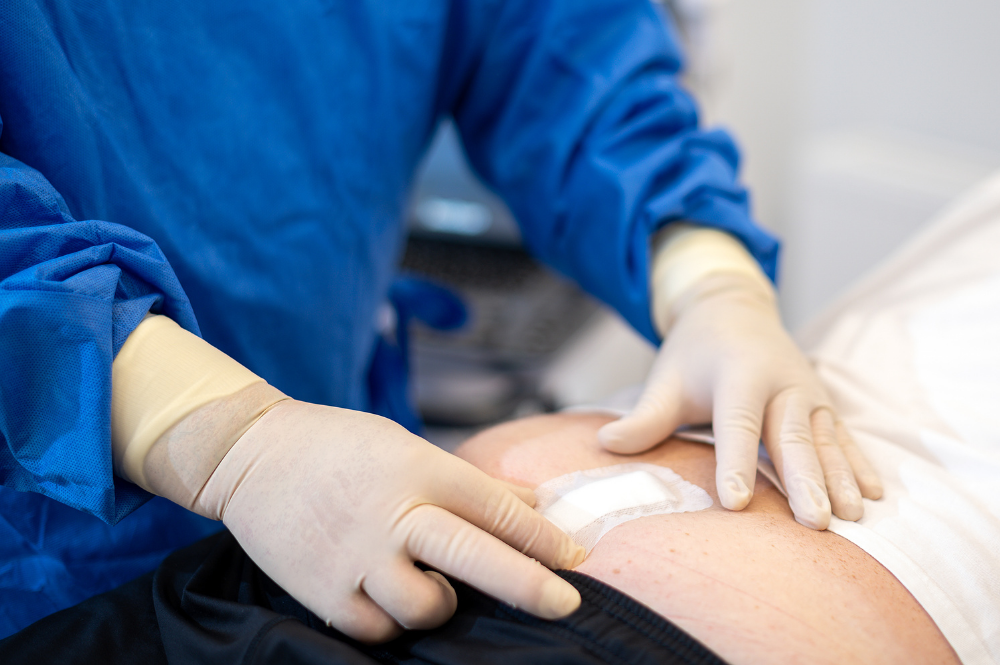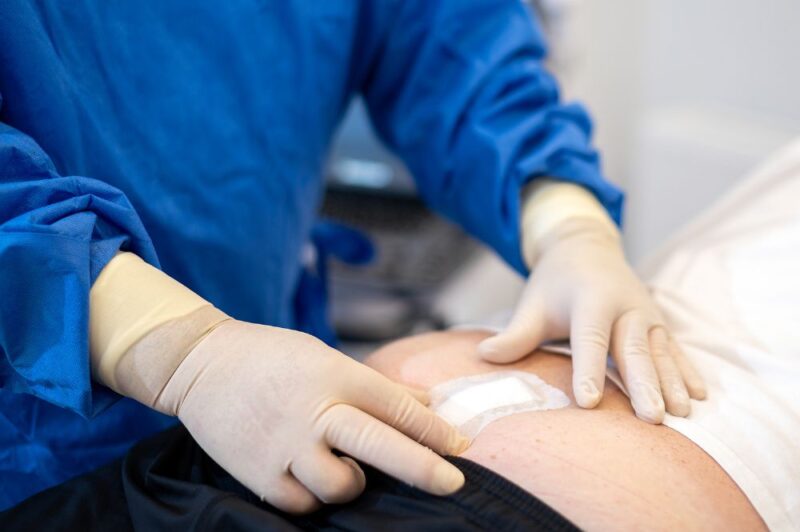The pilonidal cyst is a chronic and disruptive condition of the intergluteal cleft area. This disease is 3-4 times more common in men, especially with a dark complexion, usually in the age range of 20-40. Factors such as excessive sweating, deep intergluteal cleft and dense body hair in this area, can contribute to the formation of a pilonidal cyst. Due to the long and difficult healing process, and the risk of recurrence, patients often struggle with this condition for many years, experiencing discomfort and embarrassment.
Pilonidal cyst: Causes
The exact causes of pilonidal cysts are still unclear. The most popular theory is that the pilonidal cyst forms as a result of hair trapped under the skin, caused by the forces acting during sitting down and standing up, as well as individual skin sensitivity. The condition usually manifests itself in the Sacrococcygeal area, as a lump filled with pus and hair. In young children, the causes can be different and be linked to organogenesis.
A painful problem
The location of pilonidal cysts often leads to infections, which cause forming of abscess. A painful lump will appear in the intergluteal cleft area, accompanied by redness of the skin, hard inflammatory infiltrate and often fever. There might foul-smelling pus or blood-tinged pus leaking out of the abscess. The untreated disease leads to reoccurring inflammations and infections, that often require surgical intervention.
Determining eligibility for treatment
During the medical consultation, the doctor, based on the patient’s symptoms and the ultrasound scan, will assess the lesion and establish the final diagnosis. If the diagnosis confirms the pilonidal cyst, the doctor will assess the patient’s general health and decide about conducting a procedure, and which method is best for you.
Pilonidal cyst: Treatment
Typical treatment involves a radical removal of the cyst using different surgical techniques – from a simple removal to skin grafting. Classic surgeries are performed in the operating room under spinal or general anaesthesia followed by 2-3 days of hospital stay. Given the area of the body, where the surgery is performed, the infection rate is so high, that some surgeons tend not to close the wound with sutures and heal them by leaving the wounds open and allowing for granulation tissue to form. In such cases, the healing process can take up to a couple of months!
SiLaT laser treatment of pilonidal cyst
The latest and least invasive treatment method for a pilonidal cyst is laser ablation (SiLaT), using single-use radial fibres emitting 1470nm wavelength laser. After an incision is made in the abscess, it is drained and subsequently, upon inserting the laser fibre, the ablation of the cyst is performed. The procedure is performed under the local anaesthesia, on an outpatient basis, so the patient can go home directly after the procedure. The pain following the surgery is minor and the abscess incision wound heals within a couple of weeks. The effectiveness of the Pilonidal Sinus Laser Treatment (SiLaT) is very high and exceeds the effectiveness of most of the common surgical techniques while achieving a very good cosmetic result.
Author: VenoMedica
All rights reserved.














Podziel się opinią